Category: Native Plants Regeneration
-
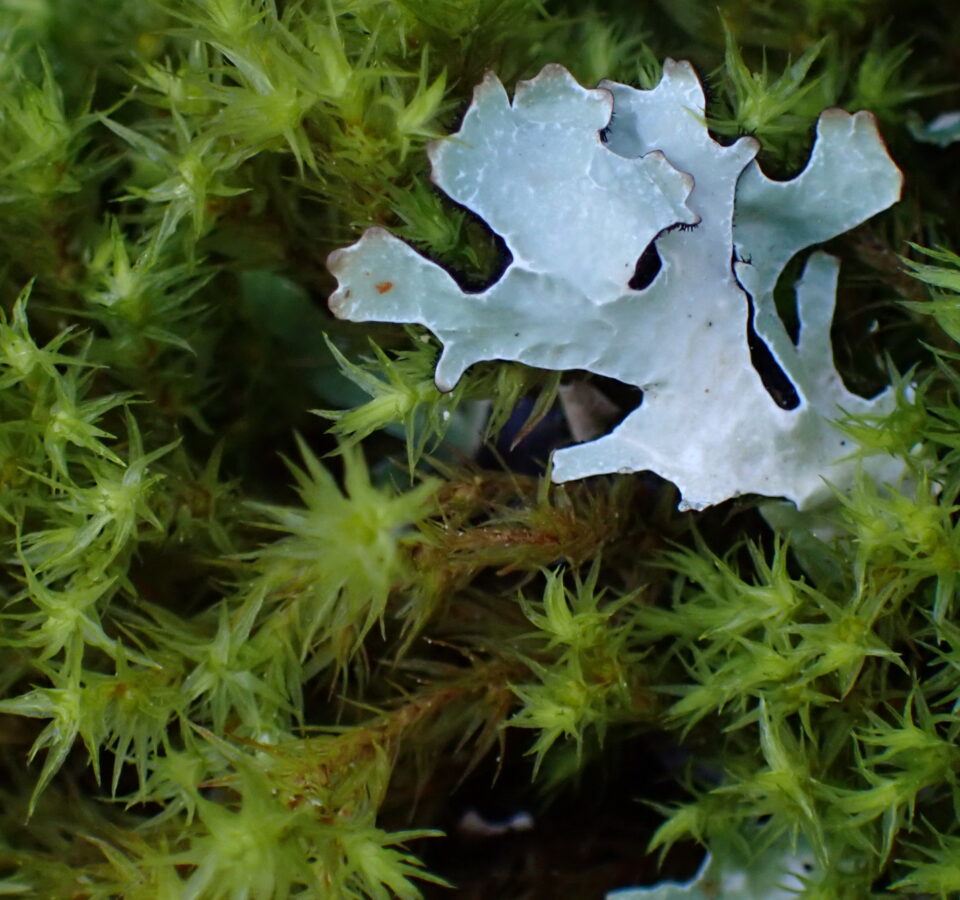
Which Evolved First, Lichens or Mosses?
Which evolved first, lichens or mosses?
-
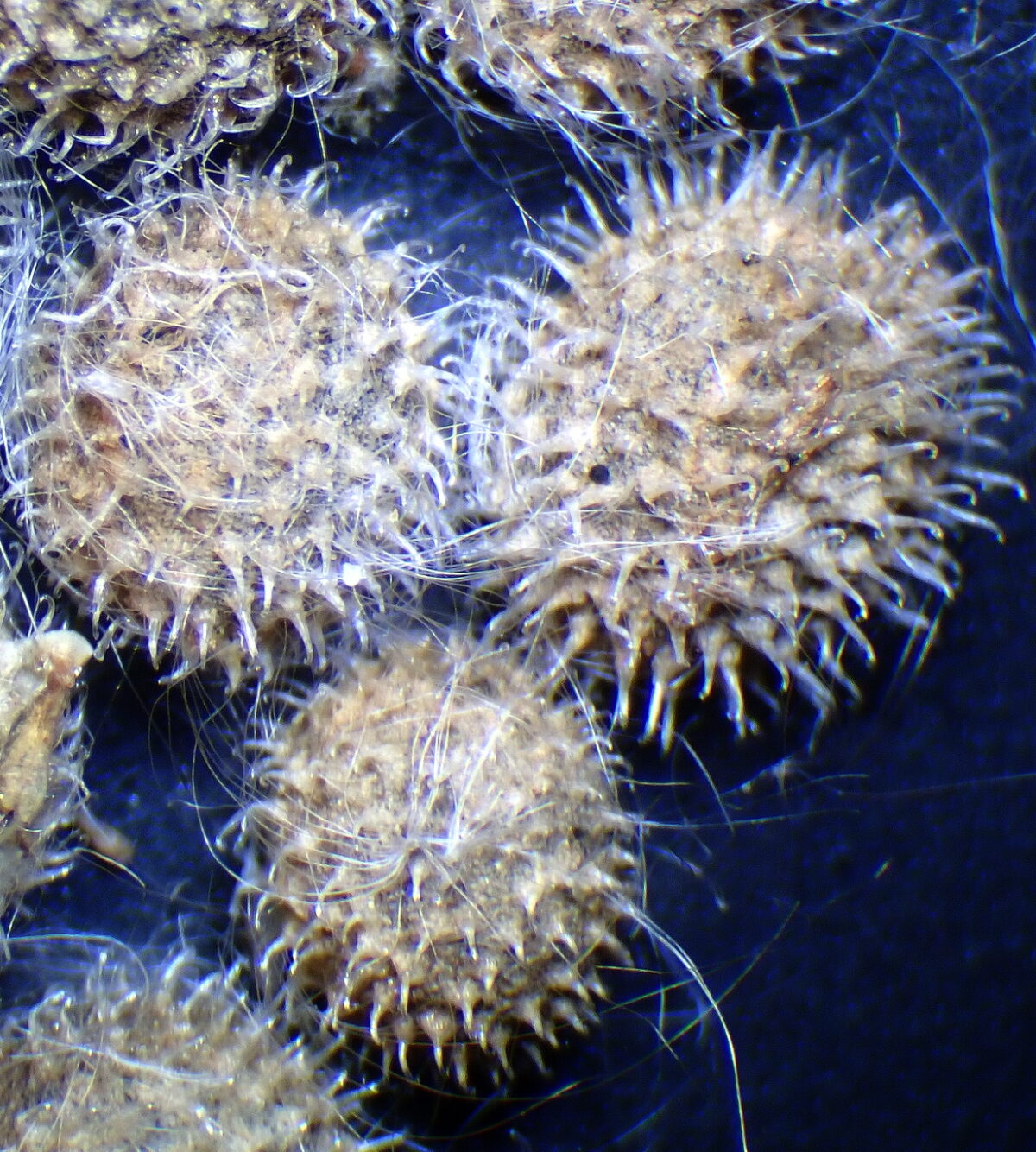
The Seeds of September
By September, virtually all of the native plants in the Puget Lowlands that spread by seed have gone to seed. In this blog I take a closer look at eight of them arranged by their means of seed dispersal. In recent weeks I took some pictures in the field and under a microscope at home.…
-
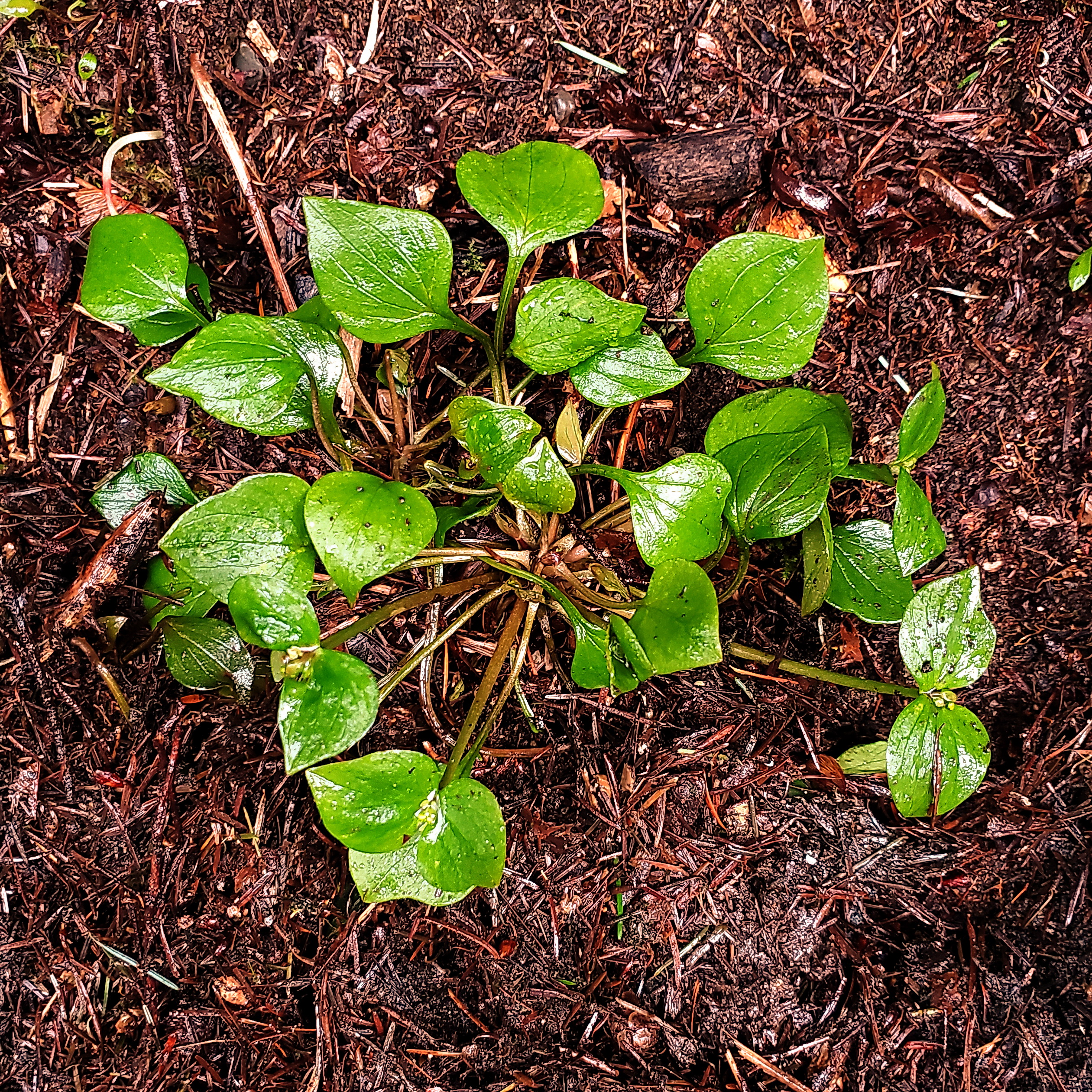
Does Sheet Mulching Deter the Natural Regeneration of Native Groundcovers?
Does sheet mulching with wood chips deter the natural regeneration of native groundcovers?
-
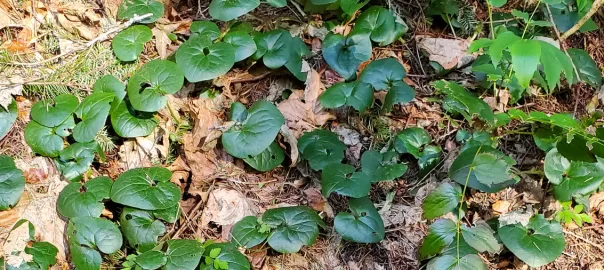
Establishing Groundcover
Ideally, backyard forest restoration results in “working ourselves out of our jobs,” or at least significantly reducing our annual maintenance needs. Establishing robust native groundcovers helps achieve this by deterring unwanted plants. Native groundcovers may regenerate naturally over time, but we can assist by installing plants in gaps. Though we can get most of these…
-
Improving the Balance in the Soil Seed Bank
“Even the weeds look lovely in May.” From Arthur Lee Jacobson in his book Wild Plants of Greater Seattle. April comes and goes. The rainy season begins to wind down, but the soil remains moist. Days grow longer and highs begin to flirt with 60 degrees. Nighttime lows no longer drop into the 30’s. All…
-
Two Easy Wet-Season Transplants
Large-Leaved Avens and Fragrant Fringecup are evergreen, perennial forbs native to the Puget Lowlands. I’ve had good success “rescuing” and transplanting both during the wet season without irrigation.
-

Rescuing Sword Fern and Bigleaf Maple
The wet season has returned – time for fall planting. I have been rescuing Sword Ferns and Bigleaf Maples and moving them to spots where they have a better chance to grow to maturity.
-
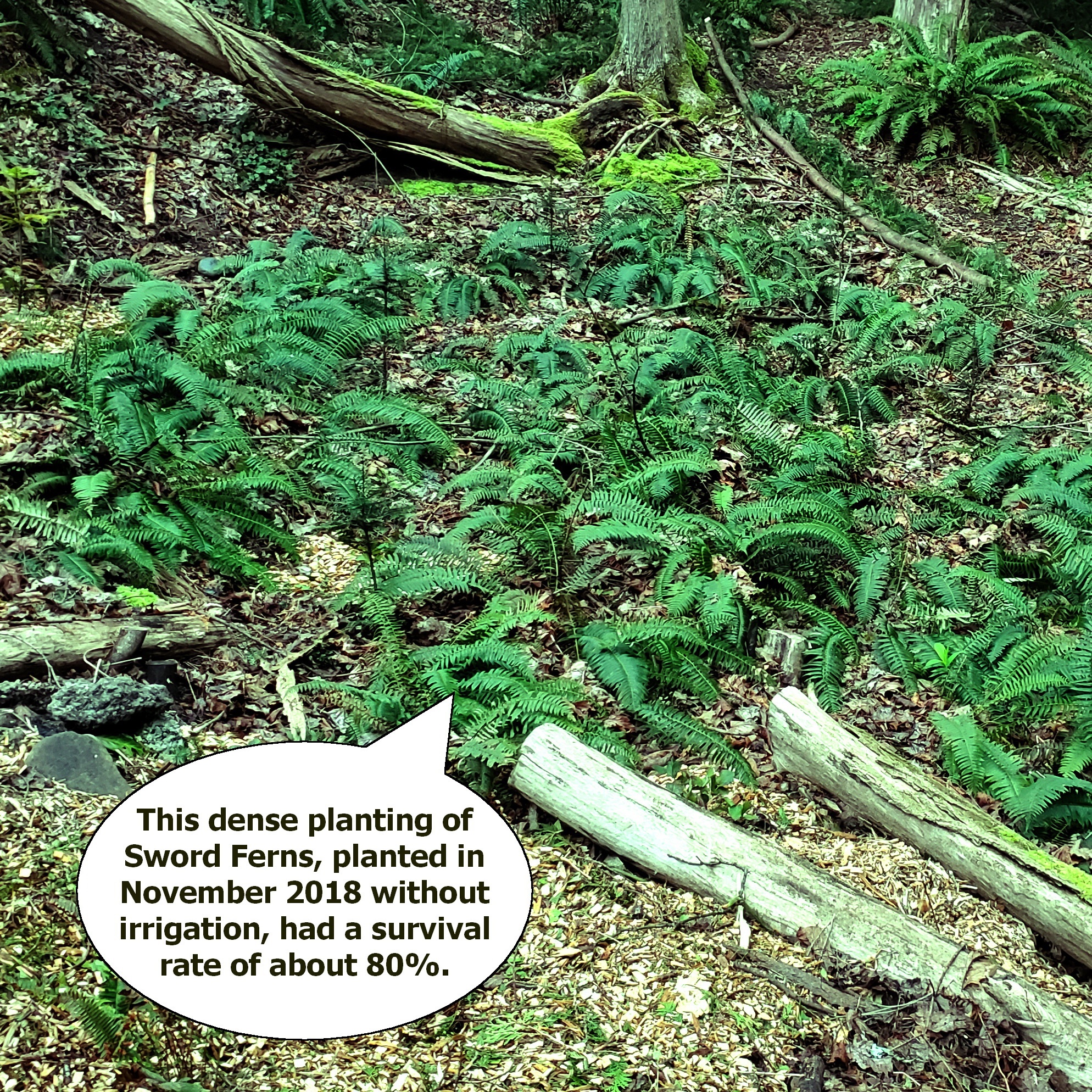
The Sobering Cost of High-Density Planting
Using the spacing guidelines from the Green Seattle Partnership and current retail prices from a local native plant nursery I estimate that installing a dense planting of natives on a site measuring only 10’ by 10’ (100 square feet) would cost about $470.
-

Multiplication by Division in our Backyard Forests
March is here, the best time to start multiplying and dividing in earnest – multiplying some of the native plants we already have growing in our backyard forests, using a plant propagation method known as division.
-

Dividing Sword Ferns (Between Green Blobs)
Honestly, I hadn’t divided Sword Ferns in years, and had only the vaguest recollection of cutting through root masses with a strong, sharp knife. But to my surprise, each of the ferns that I worked with on this day was already “divided.”
-
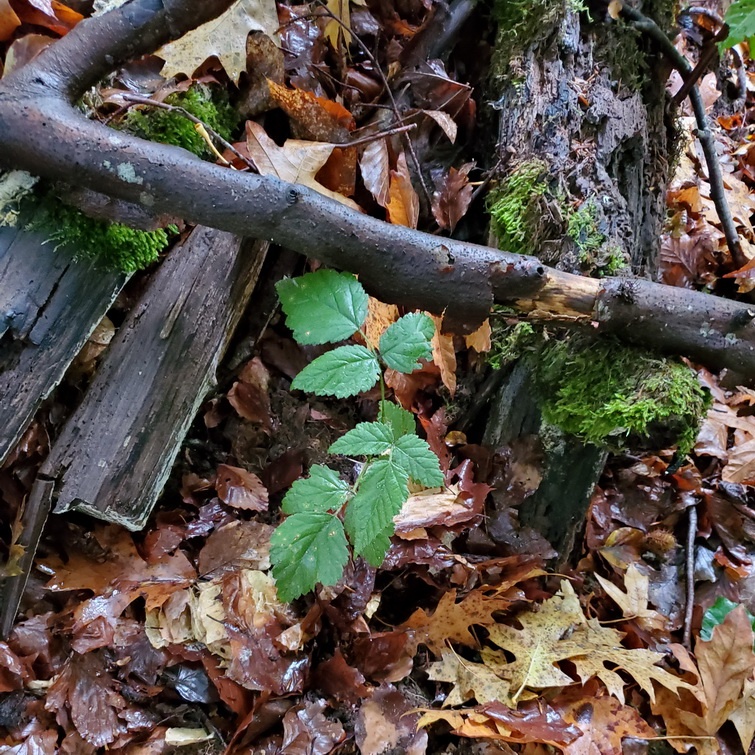
Transplanting a Native Trailing Blackberry
Today, a small Trailing Blackberry was the only native plant growing in a place where I wanted to put a new compost heap, so I decided to move it to another location. It’s a little early to start transplanting since we are still in the transitional period between the dry season and the wet season.…